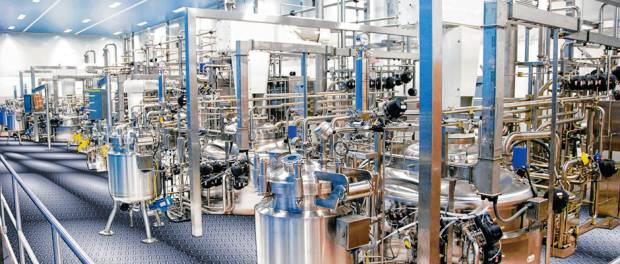Latest Discoveries of Sanitary Valves in the US

Food products and pharmacies are the two main or rather important industries that use sanitary valves. Valves, like other devices in industries, are used for remediation purposes. This is mainly due to the fact that conventional valves used in other industries cannot adapt to the high standards of antibiotic fermentation required in these industries.
Unfortunately, some sanitary valves are subject to a wide range of setbacks such as bacterial pollution, high energy consumption, and corrosion.
This may seem daunting for business owners but, fortunately, not everything is lost. Many manufacturers have already successfully developed new sanitary valves that can easily handle the fermentation of antibiotics. They can also resist corrosion and resist rust. In short, they offer good value for money.
The latest sanitary valves in the US feature state-of-the-art technological concepts for curbing bacteria and polytetrafluoroethylene liners. This is made possible by the fact that the threads of the valves do not directly touch the production material. Keep in mind that valves can withstand high temperatures as well as corrosive liquids. This explains why they are ideal for organic solvents, acids, and alkalis.

Operating pressure, operating temperature, and diameter are some of the most important specifications to consider when considering sanitary valves. The diameter is usually measured through the inlet or outlet port of the valve.
On the other hand, the operating pressure is simply the pressure at which the valve is designed to operate optimally. Then there is the operating temperature which is the most important specification. It is simply the ideal temperature that can allow the smooth flow of liquids through the valve without compromising their composition and ultimately their quality.
Note that these valves can be configured to operate with gases, liquids, and liquids containing suspended solids. The ideal temperature is the one that the valve can easily handle and function as it should.
The sanitary valves are not the same. That being said, you should only select your valves based on the characteristics and composition of the fluids that will pass through them. This explains why the valves are made of different materials as already suggested.
Some materials may handle more corrosive and flammable liquids than others. Ignoring this simple consideration can easily lead to crystallization or accumulation of corrosion around the piston. This can in turn lead to unexpected safety issues, some of which could be fatal.




